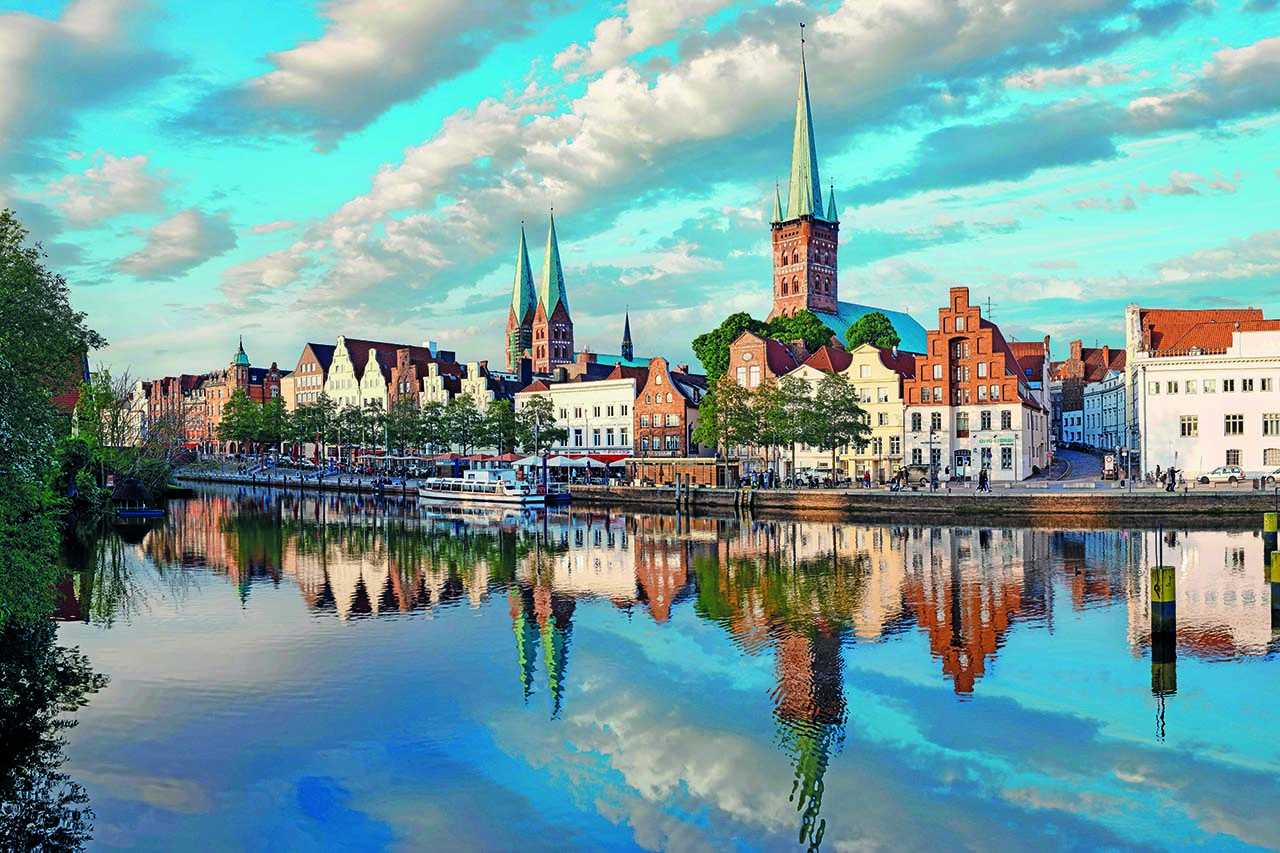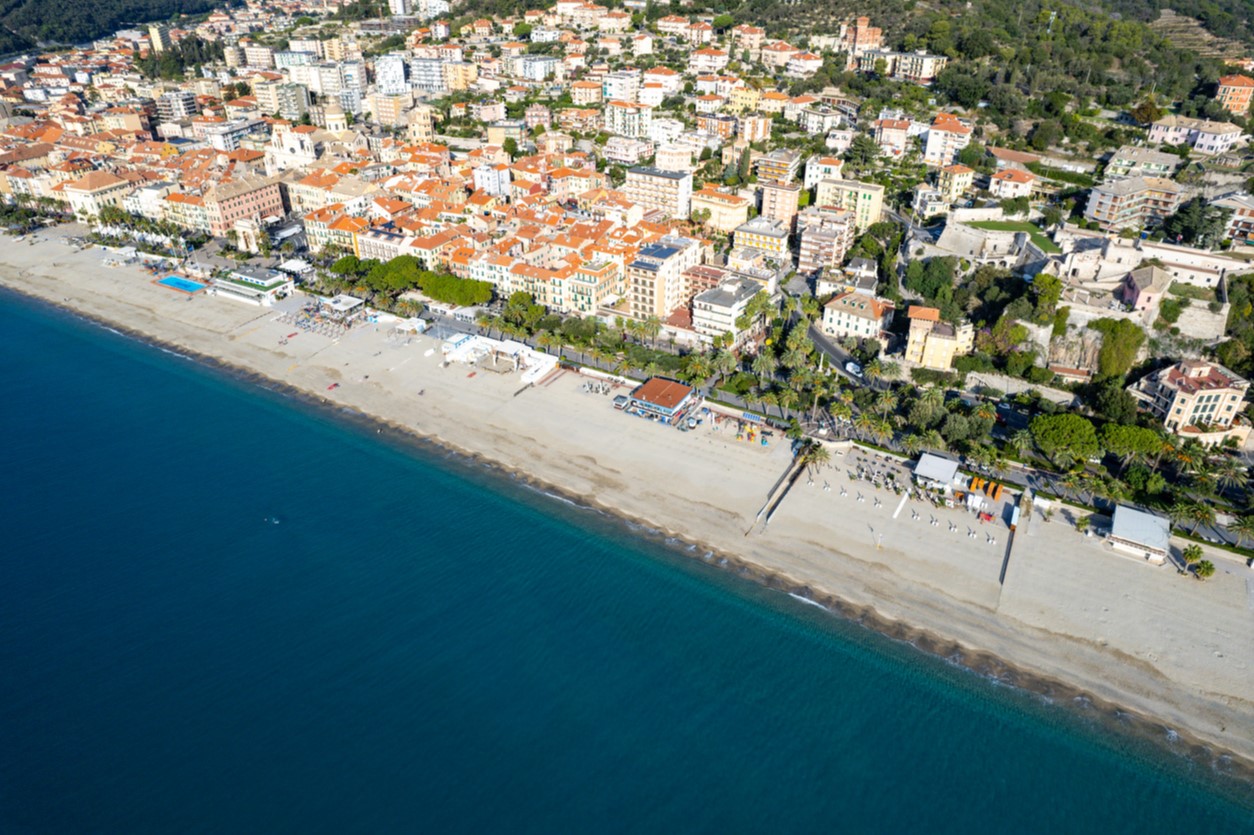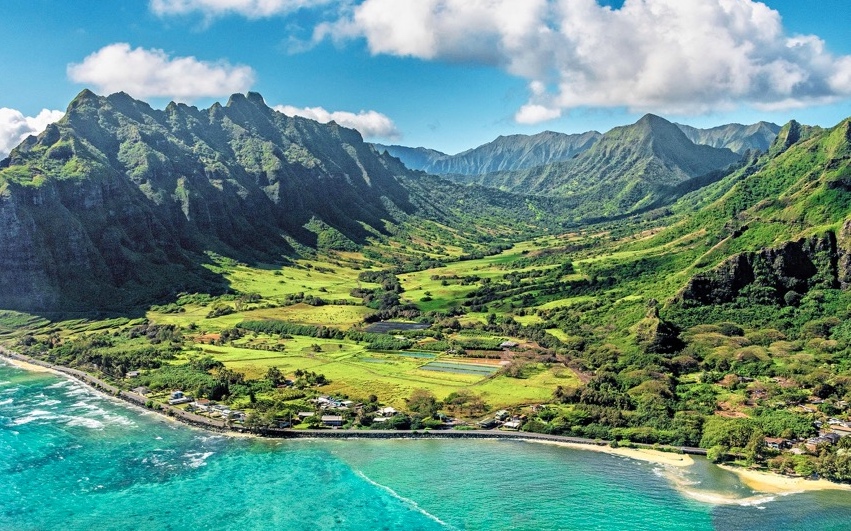A floating scene on the river Beamwith a powerful scenography of red bricks and Gothic-style spires that rise up to the Baltic beaches of Travemunde.
LübeckHanseatic jewel of northern Germany, appears as soon as you cross it Holstentorfortified access gate built in the 15th century to protect theOld townthe island of the historic center surrounded to the west by the Trave and to the east by lakes, ponds and canals.
READ ALSO: Baltic beauties: Lübeck, 10 steps to discover it


Lübeck, what to do on a weekend
The cool, windy summer days have a soft light that reflects the buildings in the calm waters of the river, which in July changes its appearance and turns into a outdoor cafe light: the music that resonates from every corner, the kiosks where you can taste distant cuisines, from Mexico to Turkey, and the intense scent of marzipan, a pride for centuries.
READ ALSO: Lübeck: the 10 attractions of the German city
Discover Malerwinkel, the painters' quarter
The Malerwinkel district, the painters' quarter on the Obertrave, is the ideal starting point for discovering the Thomas Mann's city.
You set sail from the centre towards the commercial port, passing through the rural outskirts bordered by the Elbe Canal, where the wooden houses resemble old fishermen's stilt houses and the endless shades of green blend with the dark blue of the many streams.
Visiting the Old Town
Next to Salt storagethe six salt warehouses symbolizing Lübeck's glorious past, you can board boats that cruise through the old town; rent a SUP and paddle along the canals; or, better yet, rent an electric boat for a free, wider tour, slipping under the Ponte dell'Amore and then slowly along the path that leads past the Santa Maria towers and to Church of St. Peternear old moored boats, colorful houses with sloping roofs, lively terraces and cafes, up to the Dankwart Bridgethe bridge where painters once sat with their easels to capture this special view.
Along the Malerwinkel you can also understand the reason for the nickname Panties Avenue (rue des calissons) gave this stretch of bohemian riverside an open-air laundromat.
Hanging laundry has been strewn all over the street since the 14th century, when due to frequent flooding of cellars, residents were allowed to dry their clothes in public.
Tasty stop at the Kartoffelspeicher
After spending a few hours on the boat, you will dock for a tasty stop Potato slicera typical restaurant in An der Obertrave, housed in a medieval palace.
The most famous ones are sorted here boiled Lübeck potatoes of monumental dimensions, stuffed with vegetables, sour cream, beetroot, herring, but also exotic contaminations such as Dahl of lentils and coriander.
Visit to Thomas Mann's house
We enter the Cathedral district, which houses the main attractions of the city. There are several roads that lead from the river to the center, but the right route is certainly the one Beckergrube Strasse: door to Buddenbrook HouseThomas Mann's house which houses theHeinrich and Thomas Mann Centera sort of Mann brothers museum, and which we constantly find in the pages of the novel Buddenbrooks.
Marienkirche, St. Mary's Church
A few steps and there you have it Marienkirche Churchthe church of Santa Maria built between 1250 and 1350 on the highest point of the old town, with its monumental organ inside.
Outside, however, it is impossible not to notice the statue of a little devil: legend has it that when the first stone was laid, it was thought that a tavern was being built and not a basilica.
The Ratsweinkeller cellars
In fact, a few meters away, the Ratsweinkeller cellars were opened, which are worth the detour.
Discovering the old town
When you turn the corner Broad Street you enter the heart of the classic route. On Market Squarethe market square, overlooks the Town Hall building, with its black facade decorated with enamel, dormers and pointed turrets; The Kaakthat is to say the old pillory, and various shops.


Enjoy traditional Lübeck desserts
Just ahead, a group of tourists points out the entrance to one of the city's institutions: the Niederegger Coffeewhere you can taste the famous marzipan, produced here since 1806, and the Lübecker Marzipan Cakea soft sponge cake filled with walnut cream and almond paste, served on the elegant tables of the pastry shop where you can also visit the museum dedicated to the history of the Lübeck dessert.
In the department store, however, you can shop for items including colorful cans, boxes and pralines in the most delicious flavors.
ALSO READ: Lübeck, a tasty city break
Lübeck Cathedral
Continuing to walk along Breite Strasse towards the south, you come across the Cathedralwith the very high twin bell towers 114.67 metersamong the highest in Europe, and the green lung surrounding Lake Mühlenteich, where you can enjoy moments of relaxation.
Discover the Höfe
Take a walk GlockengießerstrasseIn the northernmost part of the Altstad you come across several small gates: they mark the beginning of the Ganges, long paths that lead to wonderful ravines, the Homesmall courtyards that hide fairytale gardens and cabins nestled against each other.
Lübeck craftsmen once worked here, while today the locals allow visitors to visit their homes and only close the passages in the evening. It is located between a secret courtyard and another Schiffergesellschaftan old restaurant furnished with dark wooden tables and benches reminiscent of convent refectories, and models of boats and ships that descend from the ceiling as if they were votive offerings. In this place of 1535inaugurated as the dining room of the Sailors' Guild, are ordered Fish cakes to herring and theHolsteiner Sauerfleischa pork stew cooked in white wine.
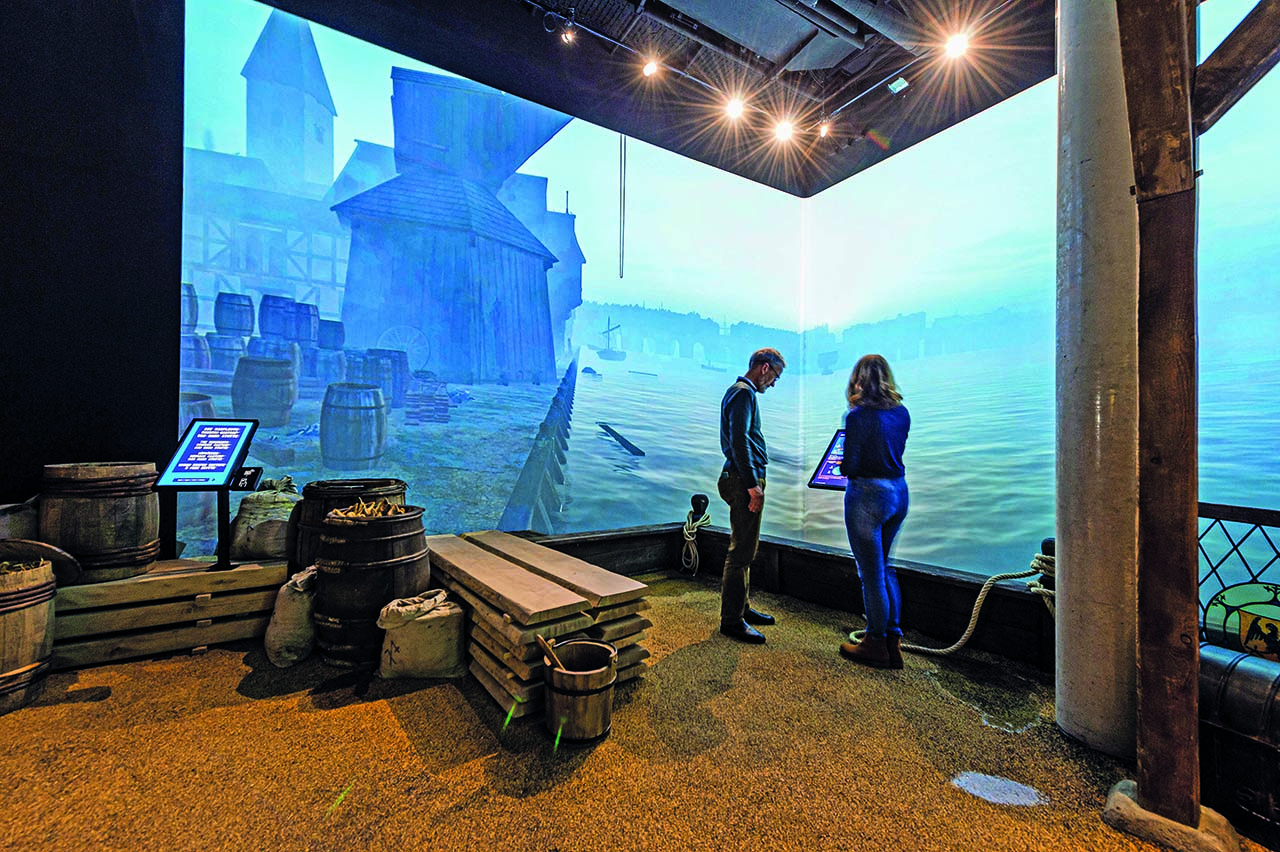

Visit to the Santo Spirito Hospital and the Hansemuseum
Two last stops north of Lübeck, before leaving the city: visit the old hospital of Santo Spirito, behind the network of courtyards and alleys and, turning towards the Burg (castle), the fascinating Hanse Museumdedicated to the history of the Hanseatic League.
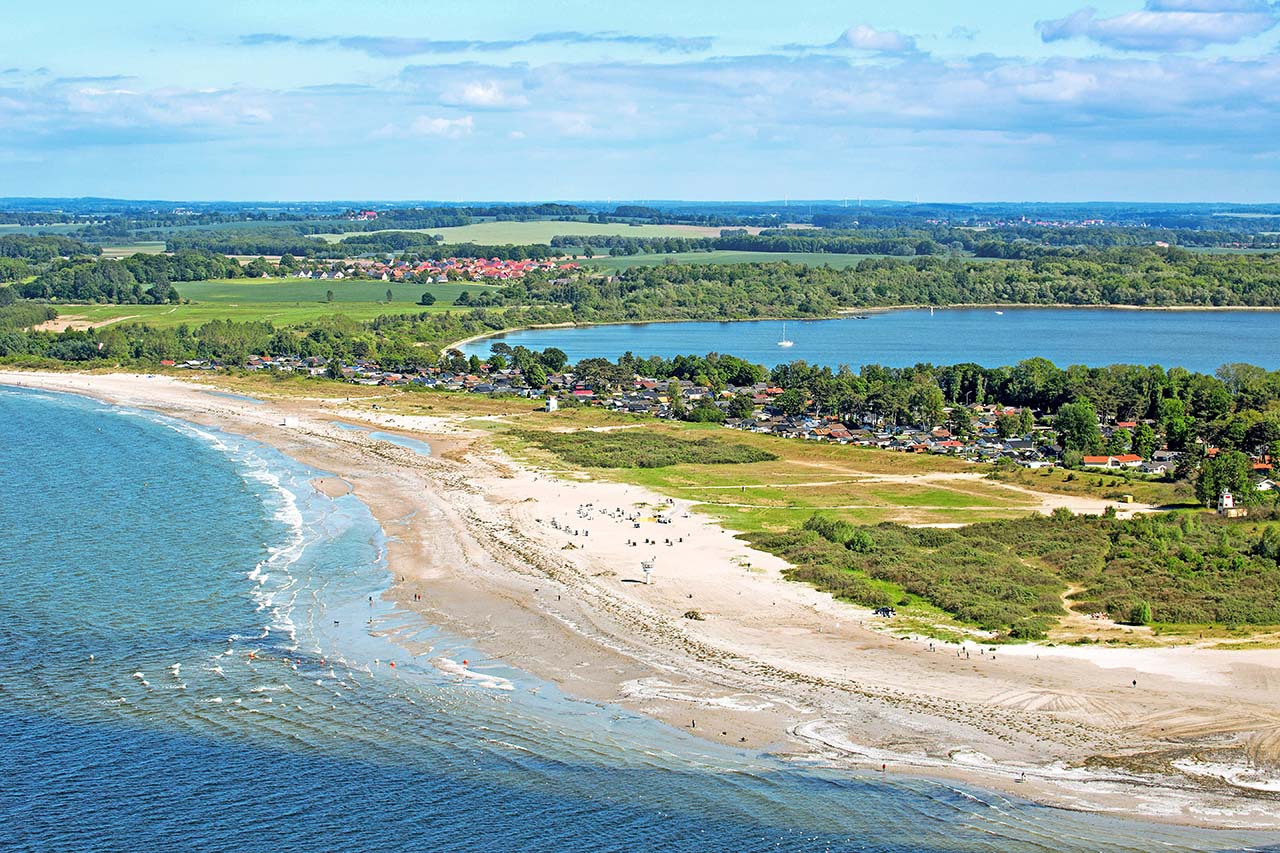

The Bay of Lübeck
The call of the sea takes you even further north. Half an hour by bus from the city centre, with the 40, or a few hours of cycling and here is the Bay of Lübeck: Timmendorfer Strand It is pleasant for those who want to dive into the cool waters that bathe these meanders.
Another five kilometers by bike and you arrive at Travemunde: in this fishing village, wooden houses alternate with elegant hotels and Nordic-style villas. At nightfall you sleep under the stars, in a typical room beach chair for sleepinga double basket on the sand, rocked by the sound of the Baltic.
READ ALSO: Discovering Tallinn, the oldest of the Baltic capitals
